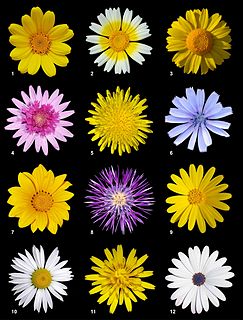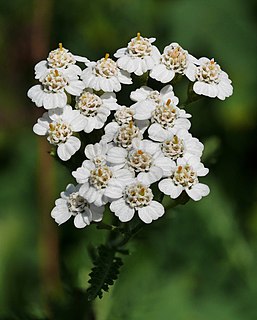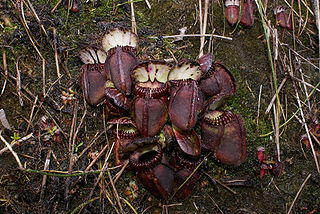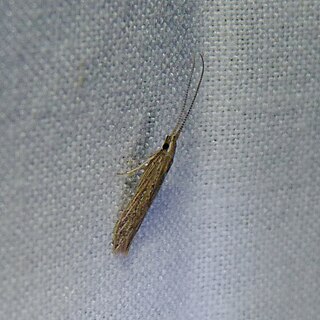| Coleophora follicularis | |
|---|---|
 | |
| Scientific classification | |
| Kingdom: | |
| Phylum: | |
| Class: | |
| Order: | |
| Family: | |
| Genus: | |
| Species: | C. follicularis |
| Binomial name | |
| Coleophora follicularis | |
| Synonyms | |
| |
Coleophora follicularis is a moth of the family Coleophoridae. The species was first described in 1802 by Jean Nicolas Vallot, a French entomologist. It is found in all of Europe.

Moths comprise a group of insects related to butterflies, belonging to the order Lepidoptera. Most lepidopterans are moths, and there are thought to be approximately 160,000 species of moth, many of which have yet to be described. Most species of moth are nocturnal, but there are also crepuscular and diurnal species.

The Coleophoridae are a family of small moths, belonging to the huge superfamily Gelechioidea. Collectively known as case-bearers, casebearing moths or case moths, this family is represented on all continents, but the majority are found in temperate areas of the Northern Hemisphere. They are most common in the Palearctic, and rare in sub-Saharan Africa, South America, and Australia; consequently, they probably originated in northern Eurasia. They are relatively common in houses, they seek out moist areas to rest and procreate.
A species description is a formal description of a newly discovered species, usually in the form of a scientific paper. Its purpose is to give a clear description of a new species of organism and explain how it differs from species which have been described previously or are related. The species description often contains photographs or other illustrations of the type material and states in which museums it has been deposited. The publication in which the species is described gives the new species a formal scientific name. Some 1.9 million species have been identified and described, out of some 8.7 million that may actually exist. Millions more have become extinct.
Adults are on wing from June to August.
The larvae feed on Asteraceae species, including Achillea clavenae , Achillea millefolium , Achillea moschata , Anthemis , Carduus , Chrysanthemum leucanthemum , Cirsium arvense , Eupatorium cannabinum , Inula britannica , Inula conyza , Inula helenium , Pulicaria dysenterica and Tanacetum species. They create a slender tubular silken case of about 10 mm long. It is straw coloured and three valved. The mouth angle is about 30°. [2]

Asteraceae or Compositae is a very large and widespread family of flowering plants (Angiospermae).

Achillea millefolium, commonly known as yarrow or common yarrow is a flowering plant in the family Asteraceae. It is native to temperate regions of the Northern Hemisphere in Asia, Europe, and North America. It has been introduced as a feed for livestock in places like New Zealand and Australia, where it is a common herb of both wet and dry areas, such as roadsides, meadows, fields and coastal places.

Anthemis is a genus of aromatic flowering plants in the family Asteraceae, closely related to Chamaemelum, and like that genus, known by the common name chamomile; some species are also called dog-fennel or mayweed. Anthemis are native to the Mediterranean region and southwest Asia east to Iran. A number of species have also become naturalized in the United Kingdom and other parts of the world.





